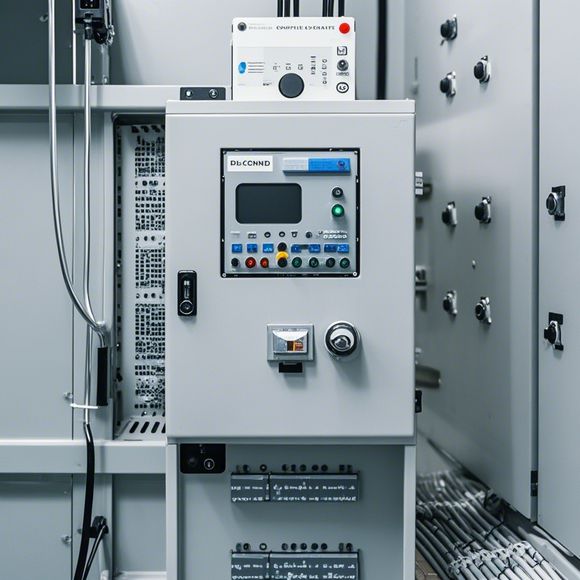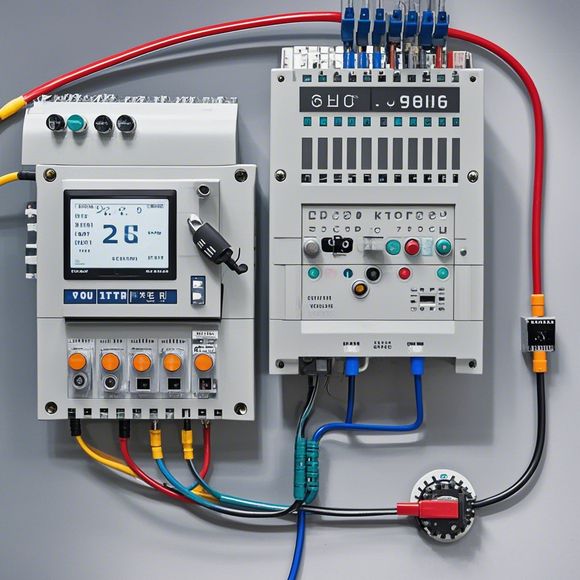Overview of PID Controllers in Automation Systems
In the automation systems, Proportional-Interative-Derivative (PID) controllers play an important role. They adjust the system's performance in response to changes in input signals by comparing the current output with the desired output and making adjustments accordingly using proportional (P), integral (I), and derivative (D) components. The P component adjusts for immediate changes in input, I adjusts for past inputs, and D adjusts for the rate of change of input. These components work together to achieve precise control over the system's operation.
PID controllers are integral components of modern automation systems, providing precise and responsive control over various industrial processes. They consist of three key elements: the Proportional (P), Integral (I), and Derivative (D) terms, each of which contributes to the overall output signal for a given input signal. Here's a breakdown of their functionality and how they work together to achieve optimal control performance:
Proportional (P) Term: This term measures the direct relationship between the input signal and the output signal. It represents the immediate effect of the input on the output, without any delay. In other words, if the input increases or decreases by a certain amount, the corresponding output will increase or decrease by an equal amount. The proportional term allows for quick adjustments to the output based on changes in the input signal.
Integral (I) Term: This term accounts for the cumulative effect of the input signal on the output signal over time. It takes into account past inputs and outputs to predict future changes in the output. For example, if the input signal is increasing, the integral term will add up the previous errors in the output signal to provide a more accurate prediction of future output changes. This helps to compensate for any slow variations in the input signal that may not be immediately noticeable.
Derivative (D) Term: This term represents the rate of change of the input signal with respect to time. It measures how quickly the input signal is changing and can be used to generate a feedforward term that adds additional sensitivity to the output signal. By monitoring the derivative term, the controller can anticipate potential overshoots, undershoots, and oscillations and adjust the control actions accordingly.

In combination, the PID controller provides a powerful tool for controlling complex industrial processes. Its ability to balance between simplicity and flexibility makes it widely used in various applications, from simple temperature controls to highly sophisticated robotic systems. By tuning the P, I, and D parameters, the controller can optimize performance and minimize disturbances, ensuring reliable and consistent operation.
One of the key advantages of PID controllers is their robustness. Despite their simplicity, these controllers can handle a wide range of input signals and disturbances without losing performance. Additionally, their ability to adapt to varying operating conditions allows for seamless integration into different systems, making them ideal for use across various industries.

However, there are some limitations to consider when using PID controllers. For instance, their performance can deteriorate significantly in cases where the system is subject to high levels of noise or unpredictable external factors. Additionally, PID controllers may struggle with nonlinearities in the input signal, leading to suboptimal control performance. These challenges can be addressed through careful tuning and selection of appropriate controller parameters, as well as incorporating advanced control strategies such as model predictive control or fuzzy logic systems.
In conclusion, PID controllers play a critical role in the automation of industrial processes. Their ability to accurately control output signals based on inputs, combined with their robustness and ease of use, make them an essential tool for modern manufacturing operations. By understanding their functional characteristics and limitations, engineers can design and optimize PID controllers for optimal performance and reliability across a wide range of applications.

Content expansion reading:
Articles related to the knowledge points of this article:
PLC Controller Selection Guide for Foreign Trade Operations
Mastering the Art of Plc Controllers: A Comprehensive Guide to Understand and Implement
PLC Programming for Automation Control in the Manufacturing Industry
How to Use a PLC Controller for Your Business
The Role of Programmable Logic Controllers (PLCs) in Foreign Trade Operations